How Design Empowers Brand Storytelling?
Do you know the first thing I ask people when I meet them for the first time?
“What is your story?“
This is my go-to question after we are done with the pleasantries. Sometimes, I ask this right off the bat.
However, opening a conversation like this is often disarming for new friends who are unsuspecting of the question I am going to ask them. At times, their mouth forms a little ‘o’ for a second. But, the conversations that follow have always been more exciting than random chit chat.
A platter of the small talk focused on a job or residence is universally accepted when you first get to know someone. But, try asking people this question some time. You’ll realize that the quality of the conversation improves significantly.
Firstly, asking someone to share their story should not feel inappropriate or odd. It isn’t a new concept, after all. We have been sharing stories since the dawn of time.
How?
Well, someone saw the bison painted on the walls of caves. That story has been handed down through generations.
The most recent installment of the Star Wars franchise is another story in this diaspora of the world.
Each and every story is remarkable because they are the basis on which we erect societies and bonds. They help us reach common ground, especially on the things that we hold close to our hearts. They are the reason we share information designed to shape our behavior and stir emotions.
Your story and my story are what make us who we are today.
But why do people love listening to stories?
The answer is simple; everyone loves a good story.
Stories have been the best escape of all our lives. Stories about dwarfs and princesses. They are why we are all searching for our happily-ever-after too.
Brands these days use the same tactics to reach out to their customers.
It is the promise of every business, irrespective of size, to offer its customer better experiences, better solutions, and better results.
But is it enough to just say it?
How can you sound convincing and make the customer believe that you are who they have been looking for?
How do you build connections with potential customers?
All you need to do is create compelling content that is easy for them to relate to. Or, you can simply construct a story that your customers and company can both benefit from.
Storytelling is a unique content marketing power tool that you can utilize to spread your company’s messages outside of its four walls. Additionally, it assists in establishing strong relationships and long-lasting bonds.
If you share a relatable story, your customers will take time out of their lives to listen to you and your message. They will also be more open to learning about the benefits that your brand has to offer.
If you are a new entrant to the market and hoping that your voice is heard, then opt for storytelling. Magnify your voice and hear it echo, loud and clear.
Yes, go for brand storytelling.
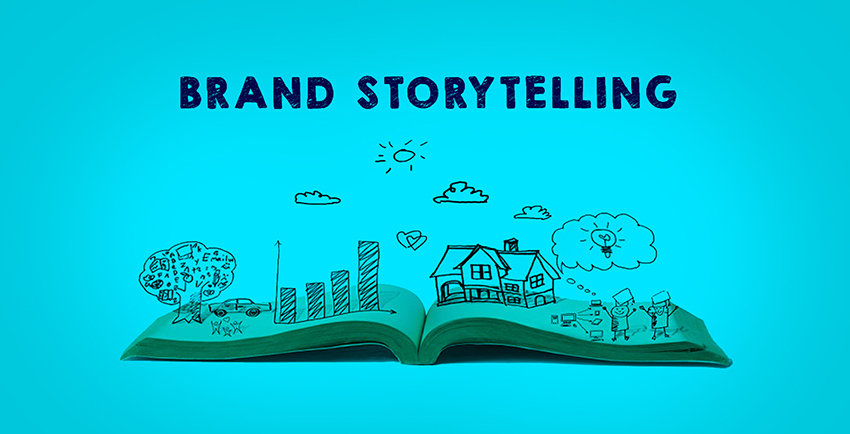
With time, brand storytelling has quickly gained popularity and speed.
This is because it forces people to give an emotional response as they absorb essential information about a company. Gone are the days of traditional advertising techniques that quite literally and blatantly stated that their product is the best.
But, now people search for more. They want to know what makes a product unique, how it was created, and who are the people making it. Your storytelling design should be one that intrigues and captivates.
Keep in mind that brand stories don’t need to create an entire tale of woe and happiness. Readers aren’t looking for that elaboration, Trust me.
They can be short, sweet, and purposeful.
We all love memorable narratives, don’t we? I, for one, readily dive into a movie, a book, or an advertisement if it pulls at the strings of my heart.
Whether you are rebranding the image of your business or company or a first-time entrepreneur, storytelling is one weapon that you should have in your arsenal. It makes the customers engage with your company or product.
What is branding all about?
There is nothing new about the fact that stories are powerful vehicles for all your ideas. From a very young age, we are addicted to escapes into wondrous and mystical worlds. We are always looking for flights of fancy. Moreover, our emotional investment goes into plot points, settings, and of course, well-drawn characters.
If you aren’t using brand storytelling to promote your events or products, you are missing out on a very impactful and powerful tool.
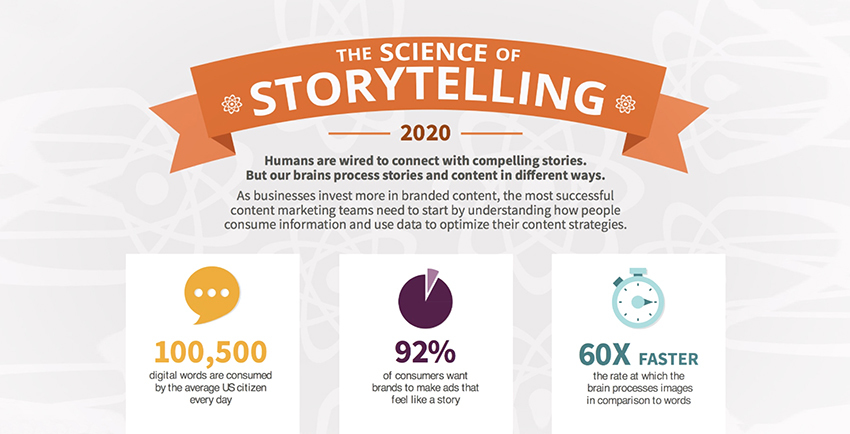
Since stories engage customers and make them talk about your business, use one that enamors them. Many folklores have stuck around this long because people enjoy exchanging narratives. From the dawn of time, stories have been widely appreciated by communities as a whole.
If you have a remarkable story, it will leave your customers singing praises of you and your business. The more relatable a story is, the higher the chances your business has to reap the rewards of brand storytelling. It can help you cut down on marketing expenses as your business gains a broader audience through word of mouth.
The way of the world suggests that intriguing stories, along with impeccable designs, are bound to catch the eye and heart of the listener. Branding will give you maximum viewing and reactions if you have a cohesive storytelling logo, name, and visuals. With these, you will be able to control how your customers feel about your brand.
For example, when you see the logo for KFC, you are immediately transported to a place where all you can smell is finger-licking chicken.
Similarly, the coffee in the Dunkin Donuts’ logo makes your heart crave for one warm cup with a couple of sweet donuts. Maybe they think of sitting by the fire on a cold winter day with a book and a donut nearby. Whatever that pops into their mind is a result of their emotional connection to the product.
Inevitably, brand storytelling works with design to dictate how people perceive and interact with your product.
How to create a brand story
Brand storytelling is all the rage. Various brands are adapting to this particular marketing method to reestablish their identity and presence.
Coca-Cola and Disney are examples of iconic brands that were the first to hop on the bandwagon of improved storytelling logos and designs. They used stories to build more significant connections with their audience.
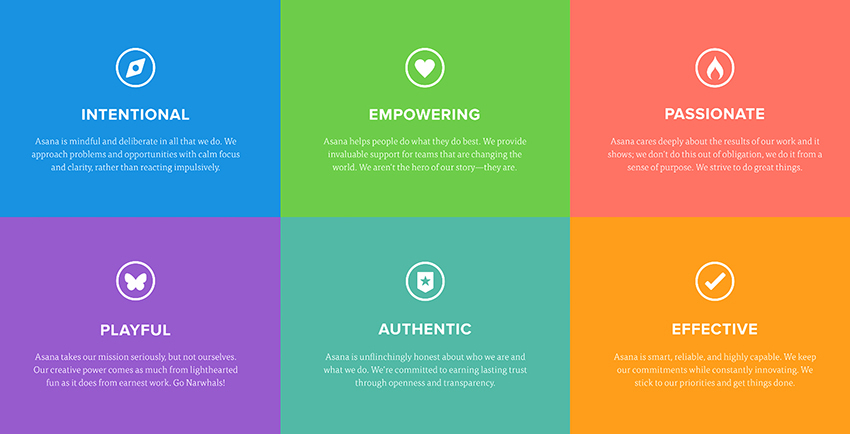
But what is in a story? How are they developed?
Luckily, the answer to your questions and prayers are given below in detail.
1. Make an outline of your story
“Why did you start your business?”
Stop musing, and build a perfect answer to that. That is the story that the world should know. Think about what drove you towards this particular business. Pluck out that drive from your mind and heart, and weave it into words.
Start by creating an outline and putting down things that matter most to you. Use the aim of your business to conjure up a mission statement. Here are some pointers to help you jot down one for your business.
- The name of your product or service
- The audience you hope to attract
- Where you are based
- The industry you operate in
- The core values followed by the organization
- Your Unique Selling Point
Remember, your mission statement does not have to be stuffed like a turkey on Thanksgiving. It does not need to be all-encompassing but a reference for your story.
However, do not be afraid to emphasize your strengths. If it is your businesses’ geography or niche that differentiates it from the rest, champion it. Make sure to add those pieces of information that help garner potential customers and emotions.
One example of such brand storytelling can be TOMS shoes. They use their story as a way of evoking sympathy and a means for their existence. The tagline ‘One for one’ stands to remind you that for every pair of shoes you buy, one pair of shoes will be donated. Thus, the brand exists to improve their way of life.
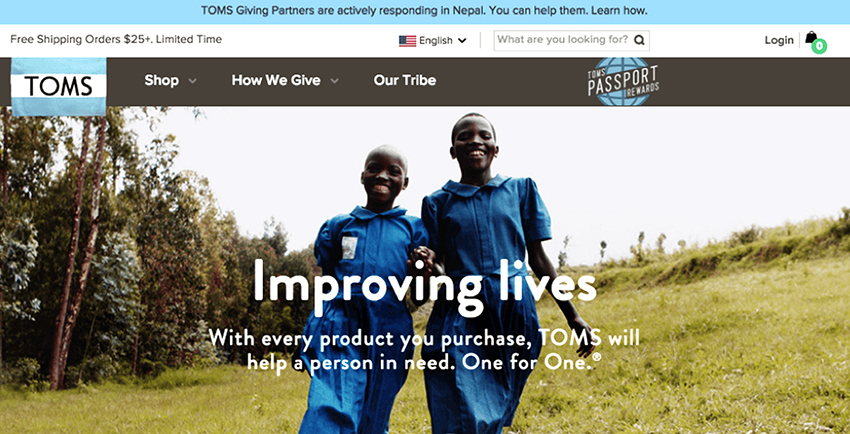
The story they are portraying depicts the bedrock of their existence. They are trying to build trust. Thus, if a customer asks themselves why they should buy shoes from TOMS, the answer is the story shown in the picture above.
In the same way, the company North Face advertises to people who seek adventure. It appeals to the person in you who wants to travel the world and explore the outdoor life. Their story is an ode to what they believe in. By marketing through brand storytelling, they engage you and allow you to relate.
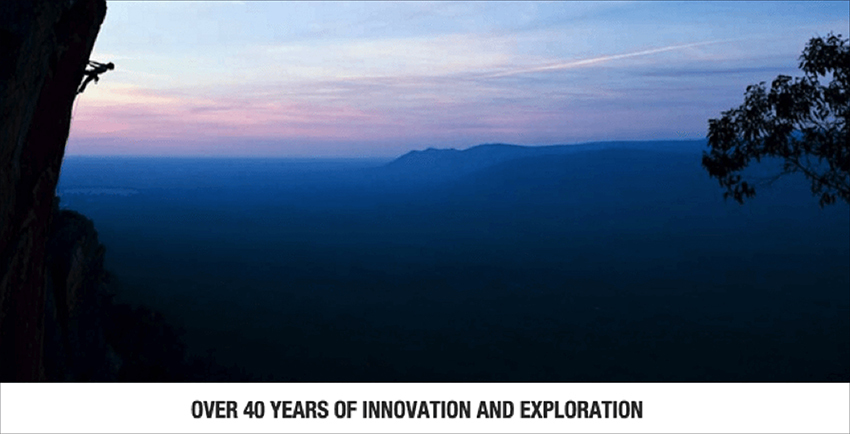
You can also check Mad Pepper’s design for their hand wash, Given. The brand approaches the hand wash as the essential sanitary tool it is. Their primary purpose is to help people all over the globe gain much-needed access to sanitation and clean water.
2. Thoroughly research your competitors
Make sure to know your competition, inside and out. Find out all that you can about the other businesses operating in your industry. Ask yourself about the things that differentiate you from them. How effective is their storytelling logo and design?
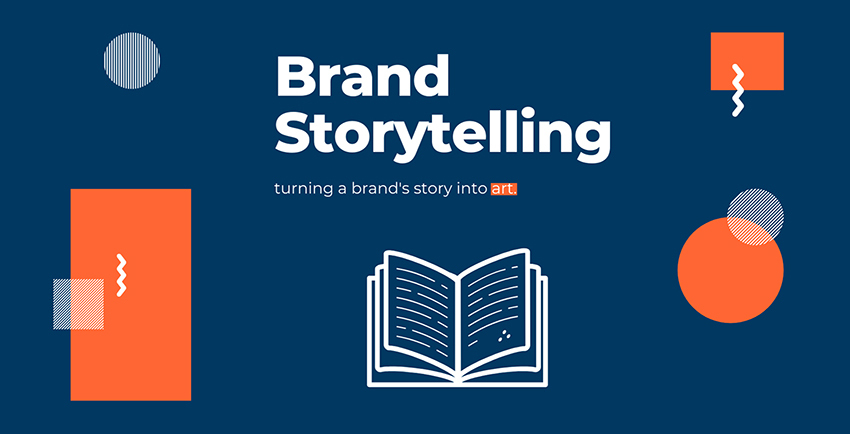
3. Decide on what you will need
The next thing that needs to be on your list is to make a summary of all the assets you believe will be instrumental for when you tell your story. Try to think outside the box, along with the usual storytelling design, logos, and photographs.
Sit down and think about where your company currently stands. Think of the turns you want it to take in the future and choose the channels accordingly. Primarily focus on telling your story on mediums most used by your target audience.
Your main point of focus should be your customers. Pay attention to how you want your customers to feel when they become a part of your story. The easiest way to connect with the customers is through the example of a brand that takes inclusivity to a whole new level.
Patagonia uses the phrase “worn wear” to highlight the kind of products they sell. These have survived the wear and tear for years. The products themselves play a significant role in the brand storytelling of the company.
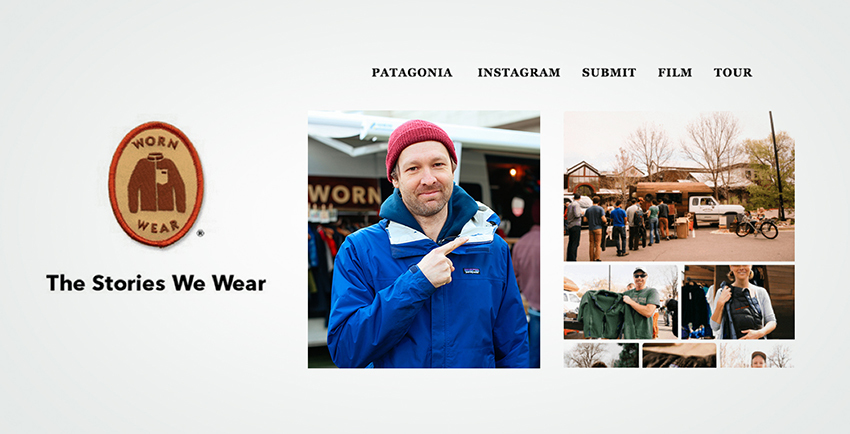
Moreover, the logo is an accurate depiction of what the business stands for. “The stories we wear” is a captivating tagline that evokes emotions in the heart of the customer. The story is placed directly in the product. Here the brand imagery and mission are going hand in hand to win the trust and loyalty of the person buying the clothing.
The photographs have been added to give the product a personal touch. The people showcased from all walks of life will enhance the customer’s ability to relate to them. Thus, this is a brand that is controlling its narrative and engaging people simultaneously. It holds true to all that it advertises.
4. Use the sense of sight and touch to tell your story
Once you successfully figure out the weapons in your arsenal you want to use to tell your story, think about how you’re going to tell it. Think about all the things you can use, such as symbols, keywords, photographs, or colors. For example, the yellow and red of McDonald’s are enough to remind someone of their delicious burgers and French fries. They take them back to simpler times when they would sit on a bench and enjoy a milkshake with their middle school significant other. Therefore, all these tools can help garner feelings in the hearts of your customers.
You will be able to explain to the designer precisely what it is you want them to add to your brand storytelling. Make sure to focus on those elements that are liked explicitly by your target audience. You wouldn’t want to lose a potential customer now, would you?
Remember, visuals play an essential role in how your brand is perceived. Strong visuals will make your brand a memorable one. Conduct careful research to find out exactly what kind of photographs or symbols will go with your brand and product image.
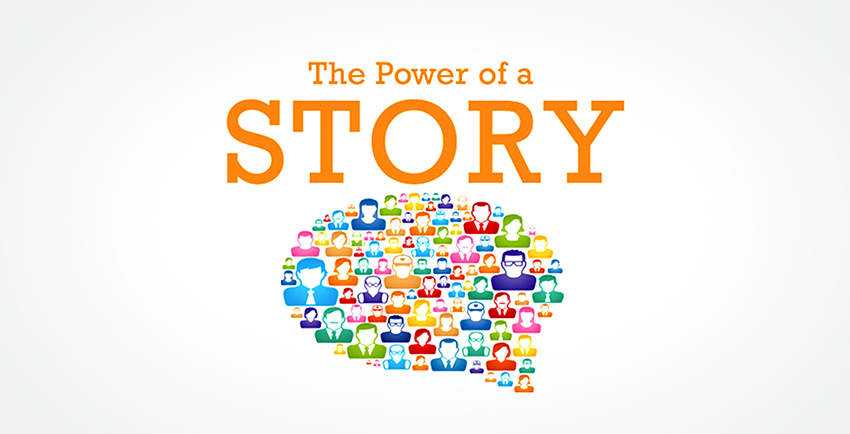
There is no denying that storytelling can have an everlasting effect on your customer. But, only if you use this tool wisely.
What are the stories? They are a bunch of words weaved into sentences to narrate a particular experience or event. They connect people and take them on a journey into the lives of others. They exist to be listened to, read, shared, and, most importantly, understood.
They are the dream tools for a marketer, which can bring them impactful results, lasting connections, and a world of success if they know how to use it. Remember, stories bring the human factor to your brand. They make them memorable and force them to leave an imprint on the hearts and heads of your customers.
They forge bonds that do not break easily. They make people know that they aren’t alone in this world.
So, what is YOUR story?
-

Waqas D.
Waqas D. is the co-founder of the branding and website agency, FullStop™. He supercharges brands by crafting memorable logos, brand identities and engaging websites. Besides thousands of startups and medium-size businesses, FullStop has worked with likes of Microsoft & L’Oréal. View our portfolio or get in touch.
Get a Free Quote
+1 845 3770255
Call on anytime
To discuss your project
